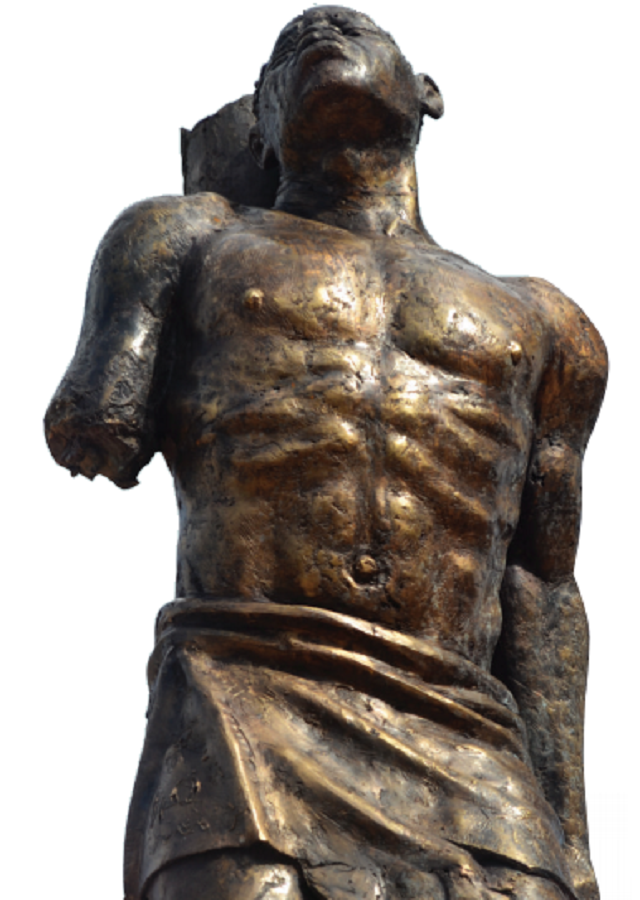
A national art treasure goes unnoticed
Uganda’s commemoration of 50 years of Independence saw the grandest celebration of national pride. The media hype, national gatherings in all districts, well-crafted speeches by government officials, branding the city with that famous Uganda@50 logo, even a special currency designed for the event.
The splendour of the event only compared with the clamour of the 2007 CHOGM meeting in Kampala and the 1975 OAU meeting when Idi Amin pulled all stops to make Kampala the place to be during that historic gathering.
However, while government officials were jostling to make impressions, behind the scenes were other heroic actions happening but which never got the chance to see the light of public gaze. One of them was the fibre glass sculpture that captured the whole essence of the anniversary in a manner that none of the endless speeches that politicians bellowed in public and on television screens could match. It was an artistic feat of national stature.
Titled “The Journey” the larger-than-life size sculpture done by Prof. George Kyeyune and Maria Naita, two of Uganda’s leading contemporary sculptors, was mounted on a high pedestal at the Kololo Independence grounds without much hullaballoo. Perhaps the lack of appreciation of the greatness of this work was because its meaning was not got. So I attempt to shade light on its crucial allegory, which some naked eyes may never be able to capture.
`The Journey’ illustrates the five decades of Uganda’s Independence based on five human figures climbing steps to the top, with the leading figure carrying a flag high. The first step signifies the 1960s Independence decade that was characterised by infancy and experimentation; questioning the African identity, debates about nationalism, Pan-Africanism, finding our feet in the political arena, etc. It is represented by the boy.
The 1970s is about a youthful lass who depicts the birth pangs of a democracy, depictive of the rough terrain created by Dictator Idi Amin and a possible retrogression of the gains made at Independence.
The 80s are depictive of the time when new but wobbly hope was seen coming to overshadow the dark ages of the preceding decade as portrayed by an energetic young man on the threshold of maturity.
The 90s was the decade when Uganda finally achieved political and economic emancipation and freedom, as seen in the exuberant and mature lady reaching out to the flap of the flag. Finally, the dawn of the new millennium brought Uganda on the brink of total freedom in all aspects of life. The fully mature man proudly holds up the flag of freedom.
However, there is one more step ahead of him that is yet to be climbed, showing that there is still room for improvement and for total maturity. This work was finished and mounted in 2012.
George Kyeyune is no stranger to such grand art projects. In 2015 during the run up the Pope’s visit, the Catholic church commissioned him to make a sculptural monument of St. Andrew Kaggwa, one of the Uganda martyrs. Kaggwa suffered a gruesome death when he was tied to a wooden post, his right hand decapitated and left to bleed to death in excruciating pain.
Working with the ingenuity of an Italian Renaissance artist, Prof. George Kyeyune was able to capture the grizzly pose of the dying man with such a realism that compels emotional reaction from the viewer. This was the first bronze sculpture piece made on such a scale in Uganda. Situated in Munyonyo, the Pope visited and paid homage to the artwork and also had a brief word with the artist. George Kyeyune is a professor of art at the Makerere art school.
****
editor@independent.co.ug
 The Independent Uganda: You get the Truth we Pay the Price
The Independent Uganda: You get the Truth we Pay the Price



